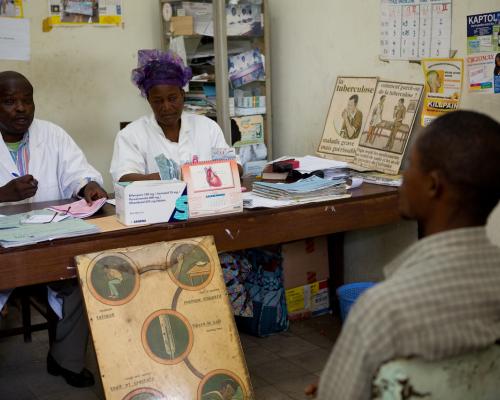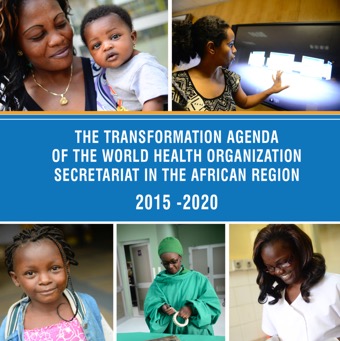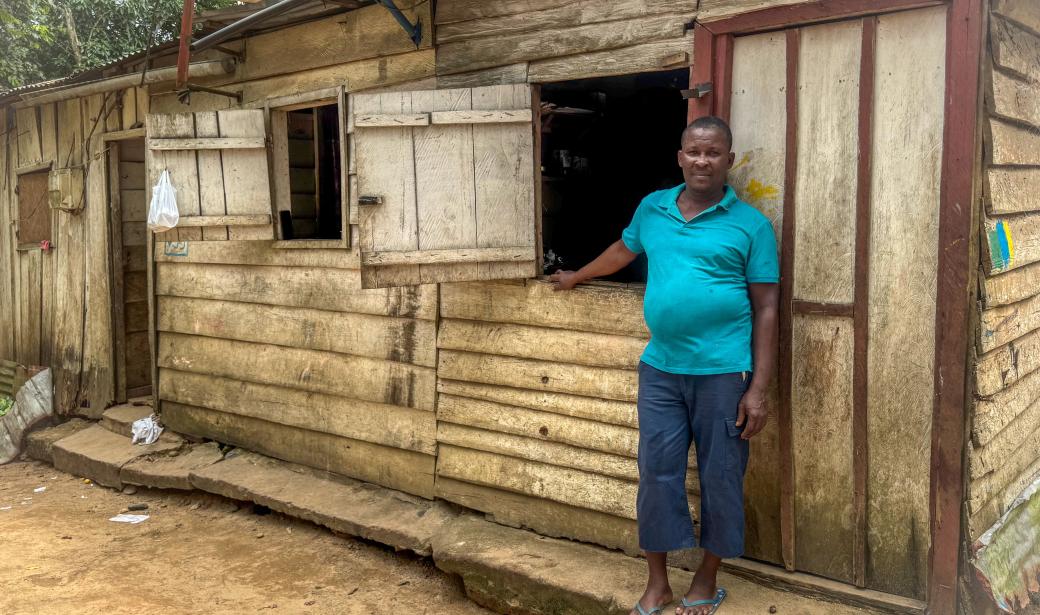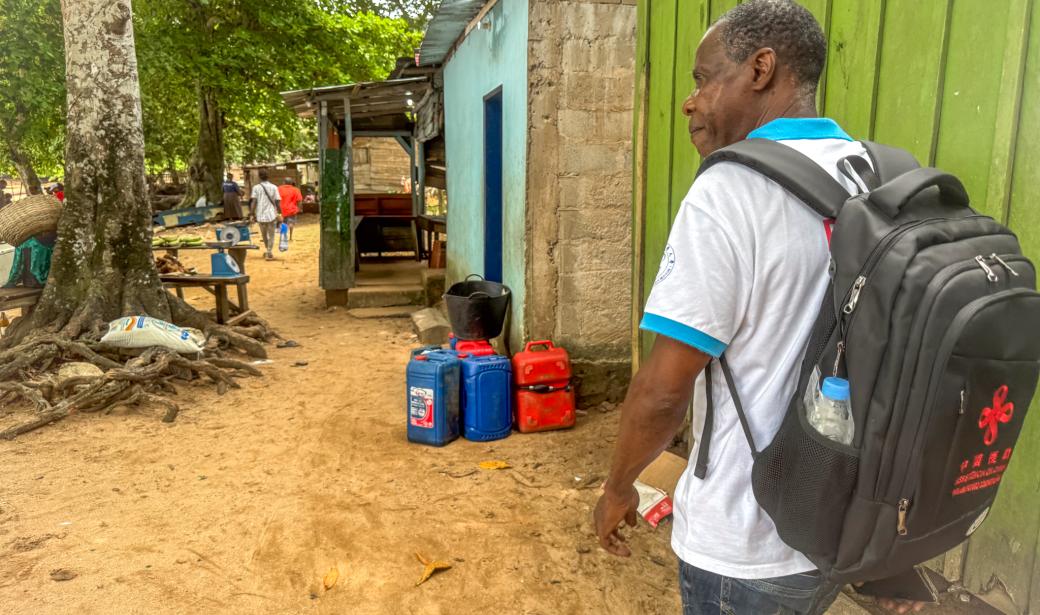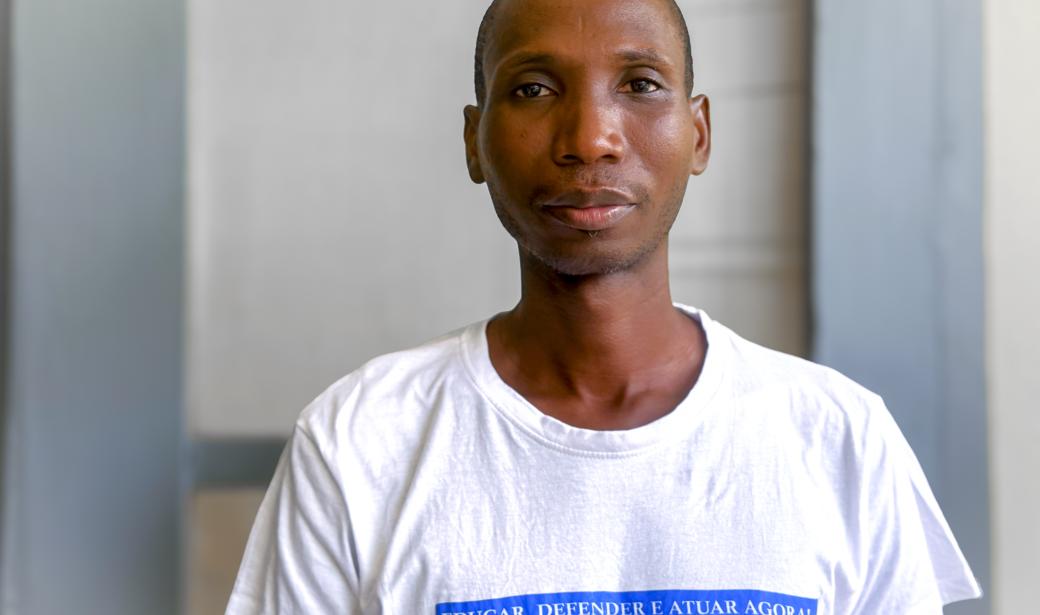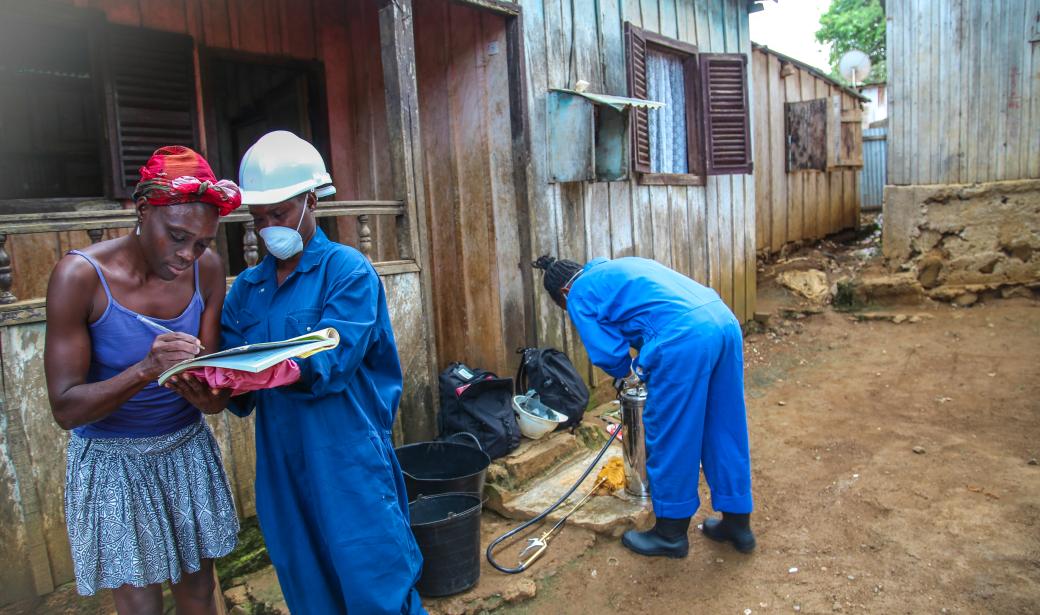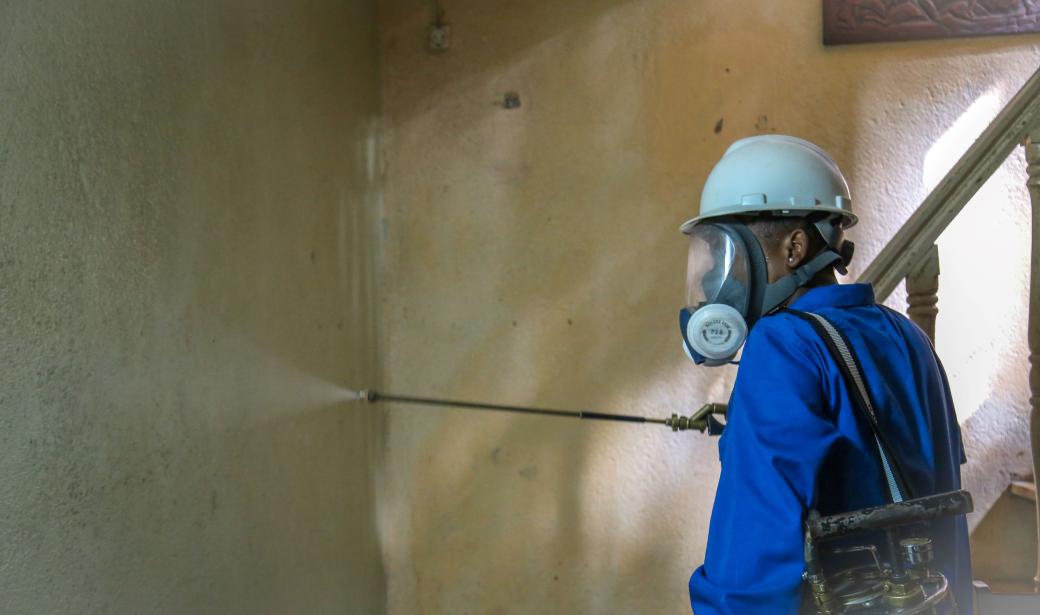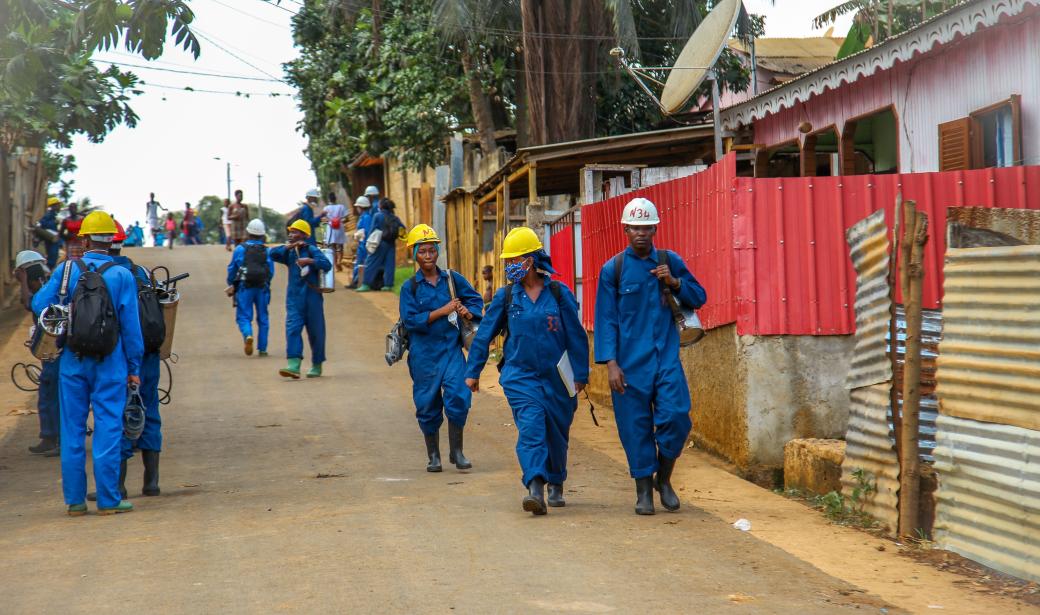São Tomé ‒ São Tomé and Príncipe has made remarkable strides against malaria. Over the past five years, only two malaria-related deaths have been recorded in the country.
In the first quarter of 2025, the country registered 1293 malaria cases and no deaths. The Autonomous Region of Príncipe, the smaller of the two main islands that constitute São Tomé and Príncipe, registered just three cases of malaria as of March 2025, compared with nine in the same period the year before.
Building on this progress, the National Malaria Elimination Programme (PNEP), with support from World Health Organization (WHO) is leading efforts to spread awareness among communities and sustain focus on overcoming challenges to eliminate malaria.
"Normally, if a person has fever, body aches, or complains of feeling unwell, I always do a rapid diagnostic test to rule out the possibility of malaria. In one instance when the test results of someone who had fever at home for several days came back positive, I called the ambulance immediately to take them to the hospital,” says Oliveira.
Oliveira actively raises awareness in his community about good household and environmental hygiene, draining stagnant water and the use of mosquito nets.
“Every morning, I get up and check if compounds are cleaned and talk to people about implementing preventive measures. Only with everyone's meaningful engagement can we eliminate this disease,” he says.
Jairson Rosário, 28, lives in Praia das Burras and does not remember the last time he had malaria. "It was a long time ago, but we always sleep under mosquito nets at home. Better safe than sorry,” he says.
Although the intensification of integrated malaria control measures has yielded positive results, placing São Tomé and Príncipe within WHO's E2025 initiative for potential elimination in 2025, the recent increase in malaria cases has set back progress.
An average of 15 to 30 cases annually have been recorded. In 2024, 34 cases were reported.
"People have lost their immunity to the disease and if preventive measures such as house spraying, the use of impregnated mosquito nets, and environmental hygiene and sanitation measures are not implemented, the disease appears more intensely," says Dr Didiena Vilhete, PNEP coordinator.
"We have medicines, insecticides, reactive treatment strategy as well as human resources to respond to cases. We also continue to strengthen sensitization, information and communications to raise the awareness among local policymakers, communities and health professionals. This is how we can defeat malaria in the Autonomous Region of Príncipe," he adds.
“This goal can only be achieved by reinforcing disease surveillance, implementing strong monitoring and evaluation strategy, ensuring the quality of laboratory diagnostics, implementing the correct treatment of all malaria cases, and ensuring integrated vector control interventions,” says Jessica Veiga Soares, head of public health and disease control at WHO in São Tomé and Príncipe. “It is also important to ensure the full engagement of everyone, including the community, through social mobilization, communication and training."
"In this process, WHO reaffirms its commitment to supporting the country in implementing evidence-based measures to accelerate malaria elimination and achieve the vision of a malaria-free future," says Veiga Soares.
WHO Sao Tome and Principe
Email: afonsoe [at] who.int (afonsoe[at]who[dot]int)
Communications and marketing officer
Tel: + 242 06 520 65 65 (WhatsApp)
Email: boakyeagyemangc [at] who.int (boakyeagyemangc[at]who[dot]int)
